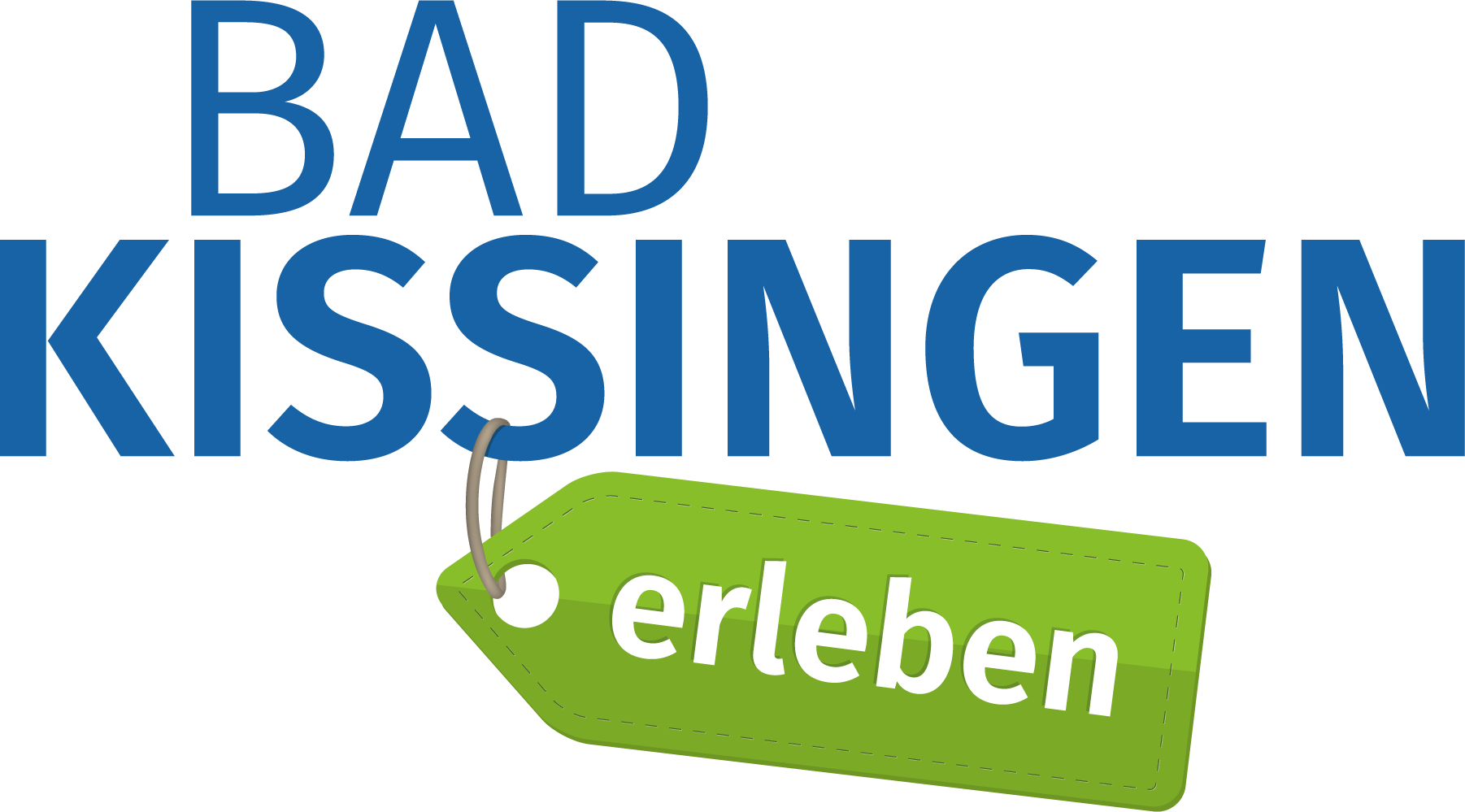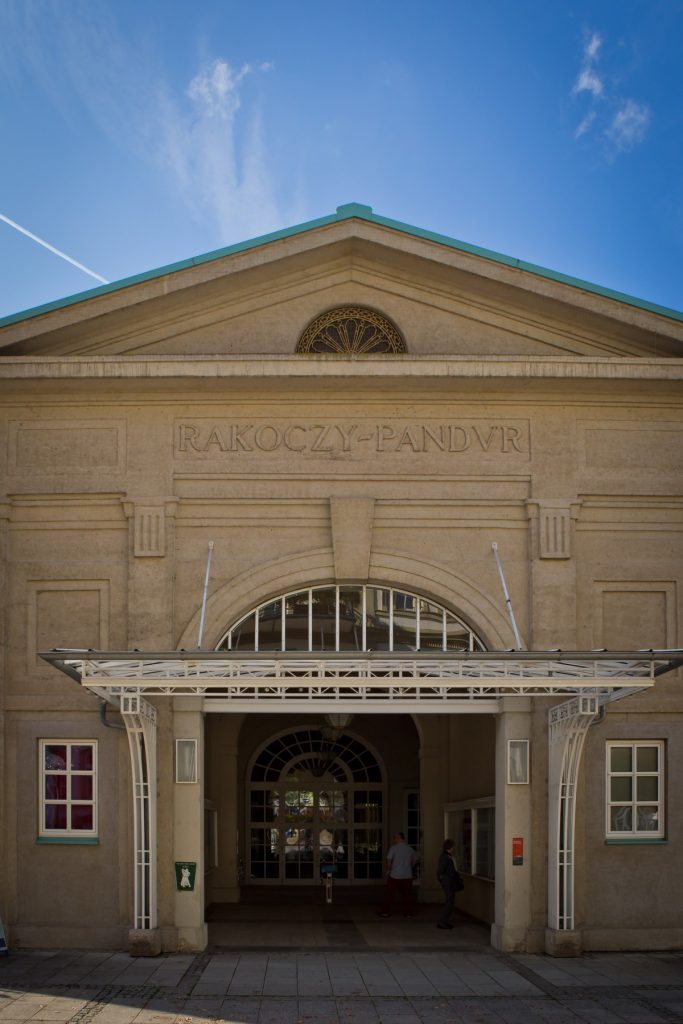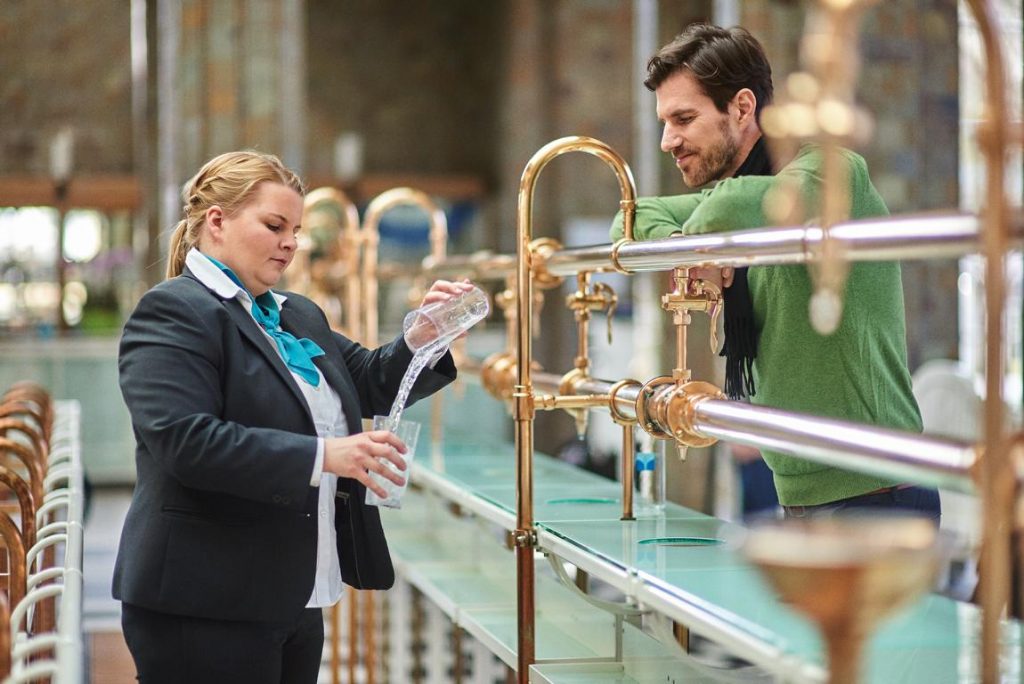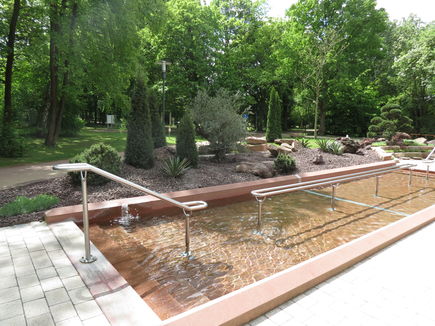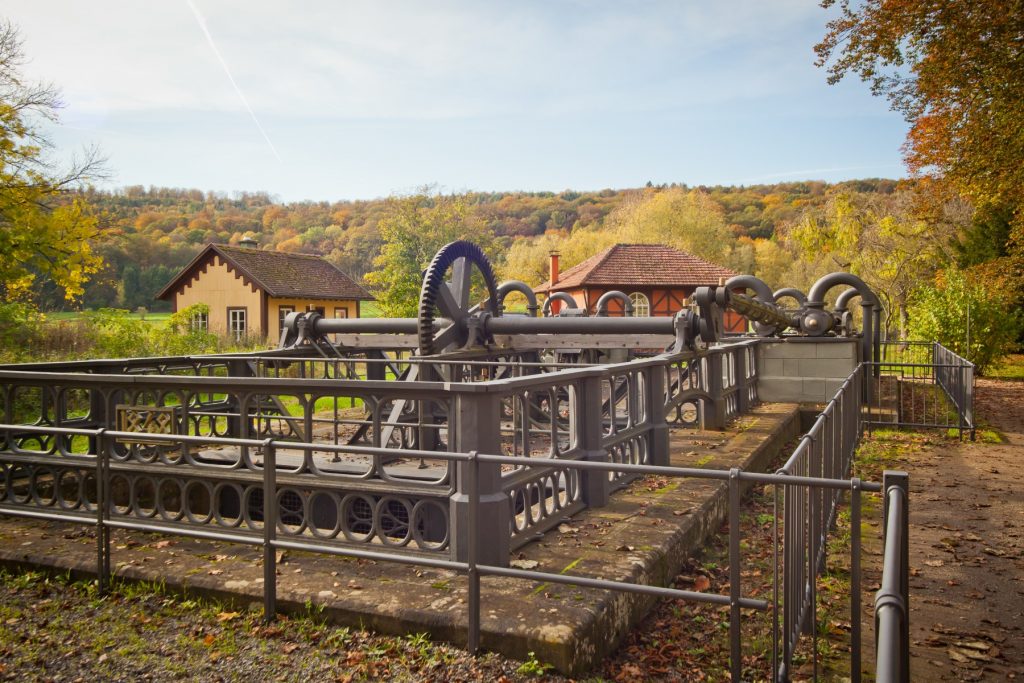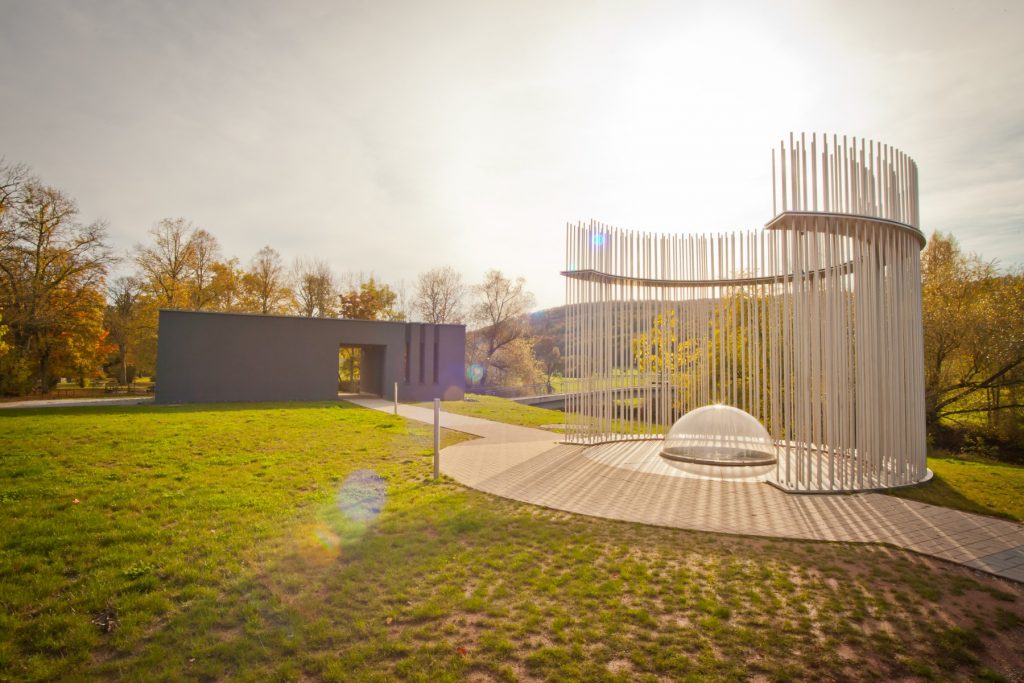Multimedia Fountain in the Rose Garden
To the pointRosengarten, Balthasar-Neumann-Promenade, Bad Kissingen, Germany
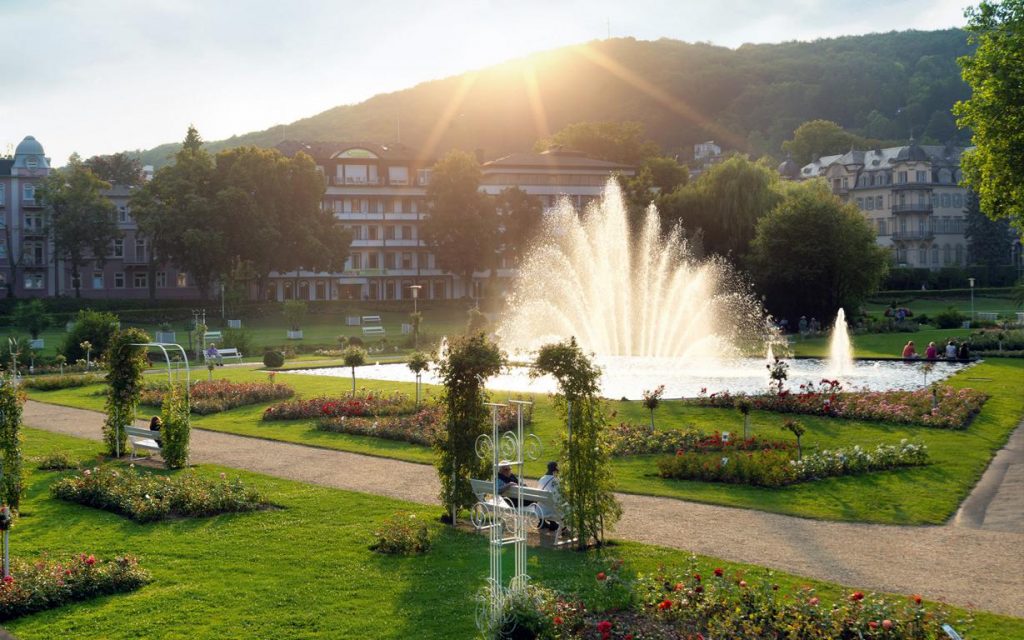
Optional: Section with the steamer
To the pointBalthasar-Neumann-Promenade, 97688 Bad Kissingen, Germany
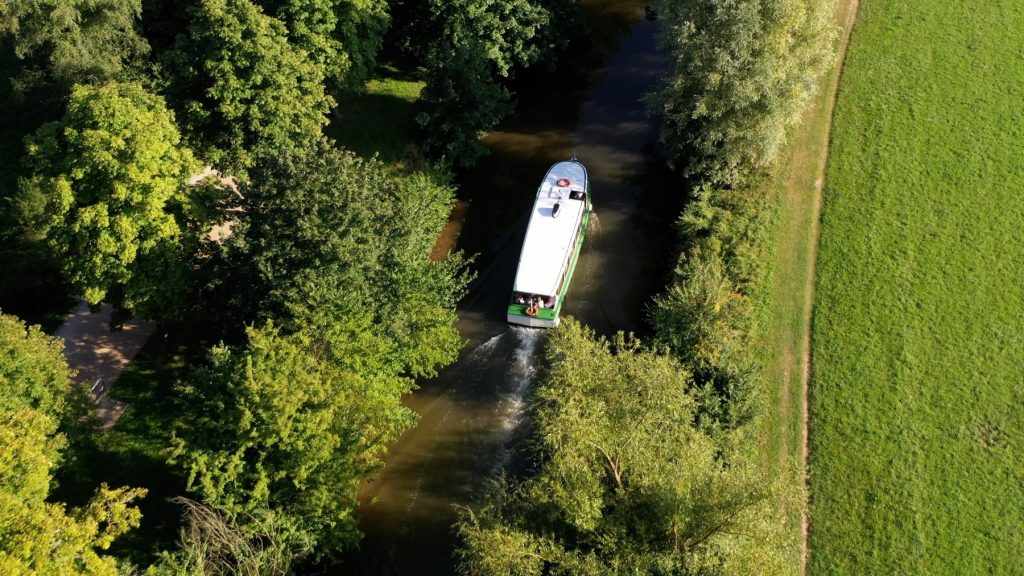
Grading building on the Saale
To the pointBalthasar-Neumann-Promenade, 97688 Bad Kissingen, Deutschland
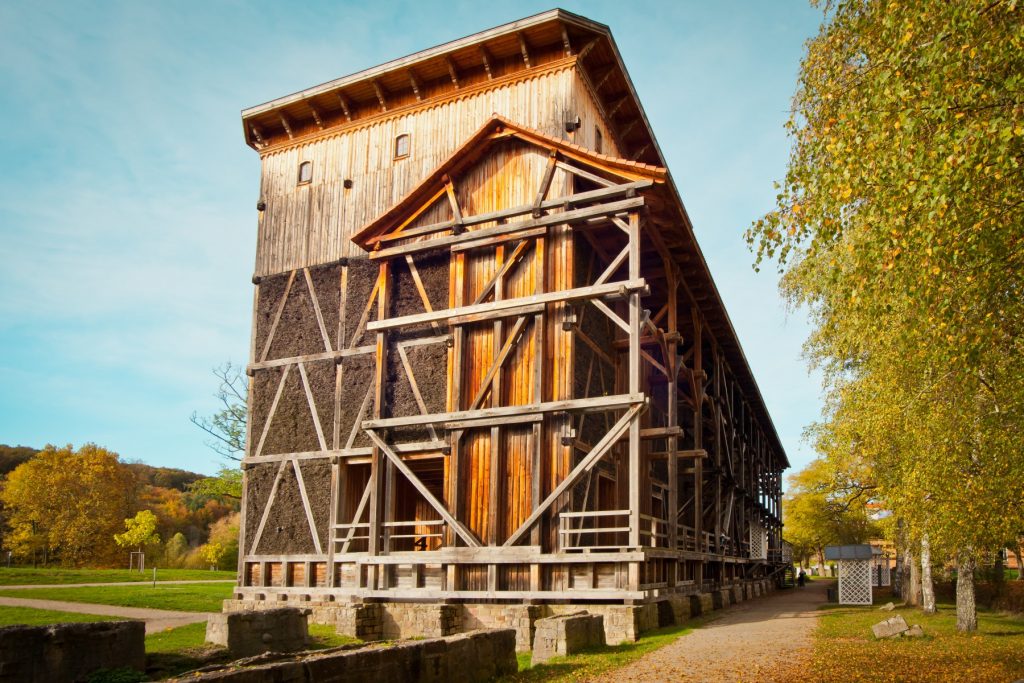
Great water route
-
Maxwasser Temple

-
Rakoczy/Pandur Fountain

-
Fountainhall
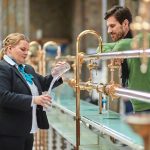
-
Kneipp landscape in Luitpoldpark

-
Multimedia Fountain in the Rose Garden

-
Optional: Section with the steamer

-
Pumping station at the graduation tower
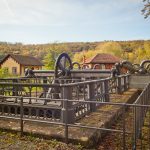
-
Kneipp basin at the graduation building
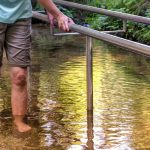
-
Round Fountain

-
Grading building on the Saale

3.5 km
approx. 45 min.
Start the route
Route in detail

Maxwasser Temple
In 1911, the Max Temple was built, which gives the Max Fountain a worthy appearance. On the edge of the spa park is this oldest of the seven healing fountains of Bad Kissingen. It is also called the Sour Fountain, as the spring water is a sodium chloride acidling, which was first mentioned in 1520. The fountain was given its present name with the new version under King Maximilian I Joseph of Bavaria. In his honour, he has been called Max Fountain since 1815. The healing effect of the water is indicated especially in catarrhes of the upper airways, as well as in kidney, urinary tract, stomach and intestinal disorders. The fountain is freely accessible and its water is served daily at fixed times in the fountain hall. If you want to convince yourself of the healing effect, you can do so at any time at the freely accessible fountain (outside the spa park). The pavilion itself with the healing springs version can be visited from the spa garden.
Service times in the fountain hall:
Monday-Saturday: 7:00 a.m. – 9:00 a.m. and 4:00 p.m. – 6:00 p.m. Sunday and holidays: 7:00 a.m. – 9:00 a.m.
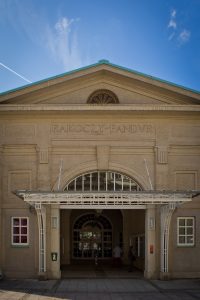
Rakoczy/Pandur Fountain
In 1835, a roofing of the Rakoczy and Pandur springs was planned. The hall should provide guests with adequate shelter when drinking the water, as well as protecting the two springs Rakoczy and Pandur from contamination by surface water and other contaminants. King Ludwig I therefore approved the designs and construction of the Fountain Pavilion. Here, the two famous healing springs with various positive effects for health can still be tapped and tasted directly from the noble taps.

Fountainhall
In 1841, the iron fountain hall (also called the fountain pavilion and fountain temple) was built in the Bavarian state bath Bad Kissingen on behalf of the Bavarian King Ludwig I. The designs were provided by the well-known builder Friedrich von Gärtner. On May 15, 1842, the hall was inaugurated. This was the first civil engineering building in Bavaria and one of the first in Germany, which was built entirely as a cast-iron skeleton building. It was therefore rightly regarded at that time as the most outstanding well construction of all European spas. In 1909, however, the hall had to be demolished again and was replaced at the same place in 1911 by the present fountain and conversion hall in solid construction. This fountain hall allows a stay independent of the weather as well as a treatment of the popular healing waters from various springs.
The service hours for healing water are daily from 07:00 – 09:00 and on weekdays additionally 16:00 – 18:00.
(c) Bayer. Bad Kissingen State Bath GmbH_Foto Heji Shin

Kneipp landscape in Luitpoldpark
With the Mediterranean Kneipp landscape in Luitpoldpark, you can strengthen your cardiovascular system in the spacious water treading pool and relax on benches and sun loungers. Palm trees, potted plants and a scented garden provide a Mediterranean ambience. Depending on the weather conditions, the Kneipp landscape can be used from spring to autumn. Information boards on the correct application can be found on site. Another Kneipp basin can be found at the graduation plant.
Near the Kneipp landscape you will also find the barefoot labyrinth. As a symbol of life with its changes, a 500 m long winding path leads to the middle and out again. The soil is covered with grass, sand, bark mulch, gravel and wood – especially with bare feet a boon for body and soul. The barefoot labyrinth is accessible all year round.
As well as the sound garden, in this multi-day spherical music sounds and mixes with the chirping of the birds in the park. Enjoy the relaxing sounds in the deckchair or walking around the Klanggartenmeadow! Playing times are daily from Easter to October: 10:00 – 11:30, 15:00 – 16:30 and 19:00 – 20:30.
Photo and text: https://www.badkissingen.de/
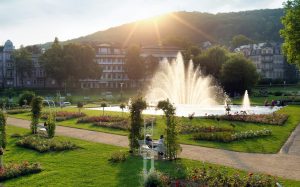
Multimedia Fountain in the Rose Garden
The heart of the Rosengarten is the multimedia fountain, which is unique in Germany. Every day, enchanting musical water choreographies can be experienced up close. In addition to musically under-painted dancing water fountains to a wide variety of music pieces, the regular beamer shows are considered a special highlight. These take place after dark. The most beautiful thing to do is to view these shows from Ludwigstraße at the height of the Regent’s Building. Here is also a corresponding board with hints about playing times and further information about the fountain. Even without a beamer show, there is an impressive view of the rose garden and the colourfully illuminated water fountains from here in the evening hours.
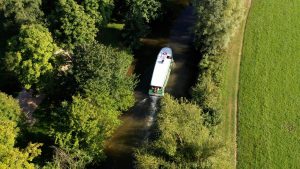
Optional: Section with the steamer
Who wants can now cover part of the route with one of the two Bad Kissinger “Dampferle”. From Easter to October, they commute daily between Rosengarten and Saline.
The first screw steamer started regular driving as early as 1877. The “Kissingen”, which is still in operation today, is a real classic car from 1923 with a riveted hull, the “Saline” has been there since 1964.
Since the Franconian Saale is not particularly wide, the turning manoeuvre is always a special challenge for the respective captain. Further information as well as registrations for group and special trips can be made via https://www.saaleschiffahrtgmbh.de.
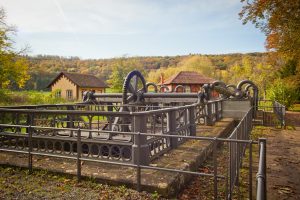
Pumping station at the graduation tower
At the “Untere Saline” site in the Hausen district, the “centre” of salt extraction in Bad Kissingen was created. This included a new salt pan plant with a well house above the brine spring with a mechanically operated scoop. The graduation plant set up by Kaspar Seiler was the first of its kind in Germany. The salty brine was passed over bundles of rice. Due to the evaporation, the gradation (salt content) increased with each subsequent passage. Subsequently, the final product was produced during the evaporation of the highly enriched brine: salt. In 1848, the first turbine-powered pumping station was built to raise the brine outdoors, followed by another pumping station in the half-timbered house in 1883.

Kneipp basin at the graduation building
Also near the graduation plant a Kneipp basin invites you to cool down again.

Round Fountain
The Round Fountain (Runder Brunnen) is located near the graduation plant. The Round Fountain is one of the old solstic springs, which used to be used primarily for the extraction of table salt and today as healing water for the operation of the graduation building and for the feeding of the Kneipp basin. Its name refers to the round version of the fountain, which was unusual at the end of the 18th century. Even today, the Round Fountain is considered a sight, as it intermittently, i.e. from time to time it rises violently and sinks again. Visitors can watch this spectacle through a glass dome. Fountains and adjacent technical buildings were renovated in 2017 and now give visitors an informative insight.
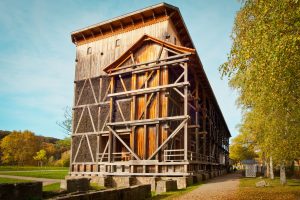
Grading building on the Saale
The graduation building – also known as “Saline” – is an imposing building on the Franconian Saale. It was originally part of the salt extraction plants (salt pans). The total length of the complex was about 2.2 kilometers. Through these plants, the enrichment of the brine’s salinity was achieved. The function is similar to the task of the salt marshes in the Mediterranean. Due to the much simpler and cheaper extraction of salt from salt stocks, salt extraction ceased in 1945. However, grading became more and more important as a therapeutic element in the following years. The open-air inhalation with salty, misty air is used in brine therapy. This increases physical and mental performance and stabilizes the immune system. In the 80’s unfortunately a large part of the (residual) gradier aus was removed for structural reasons. Only the foundation stones can be seen. Especially in the summer months, many guests enjoy the refreshing and cooling “salt rain”. The graduation building is freely accessible at all times and costs no admission.
After this beautiful tour you have the possibility to walk the route back to the city through the spa park, to return from the station pier Saline with the “Dampferle”, or to drive back to the city at the bus stop Untere Saline with the bus line 6.
Start the route
 instagram
instagram  facebook
facebook 